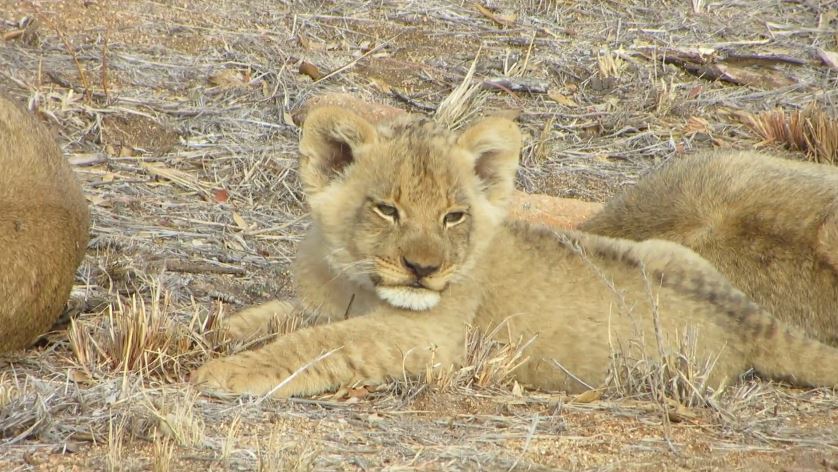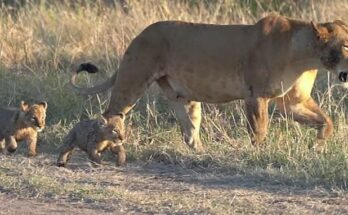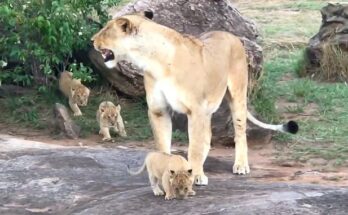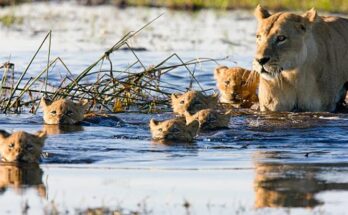
In the heart of the African savanna, a pride of lions rests beneath the shade of a large acacia tree. The golden grass sways gently in the breeze, and the distant calls of birds echo through the warm afternoon air. Among the pride are several lionesses, their powerful bodies relaxed but alert, and nestled close to them are their tiny cubs—bundles of fur barely a few weeks old.
The cubs, still unsteady on their paws, nuzzle against their mothers with small mews and soft growls, searching for warmth and comfort. Their main desire, however, is milk. Hungry and impatient, they paw at their mothers’ bellies, instinctively seeking the nourishment they need to grow strong. Some succeed quickly, latching on with eager gulps, while others whimper and compete for space.
The lionesses remain calm, their maternal instincts guiding them. They tolerate the pushing and squirming of the cubs, knowing that this early stage is critical for their survival. Lion cubs are dependent on milk for the first few months of life, and in a pride, several lionesses may nurse each other’s young, forming a shared bond of care and protection.
Nearby, the male lions of the pride lie in the sun, keeping a watchful eye over their territory. While they don’t participate in nursing, their presence deters threats and rival males who could pose a danger to the cubs.
This scene is a blend of tenderness and strength—of life continuing in the wild under the watchful gaze of the pride. The hungry cubs, though small and vulnerable now, will one day grow into powerful hunters, nurtured by the care and milk of their mothers. It’s a powerful image of survival, family, and the unspoken bond shared by these majestic animals.


